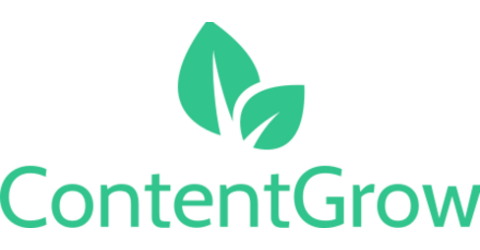Coca-Cola’s AI holiday ad sparks backlash again
Coca-Cola’s new AI Christmas ad draws heat for visual flaws and nostalgia loss. Marketers should take notes
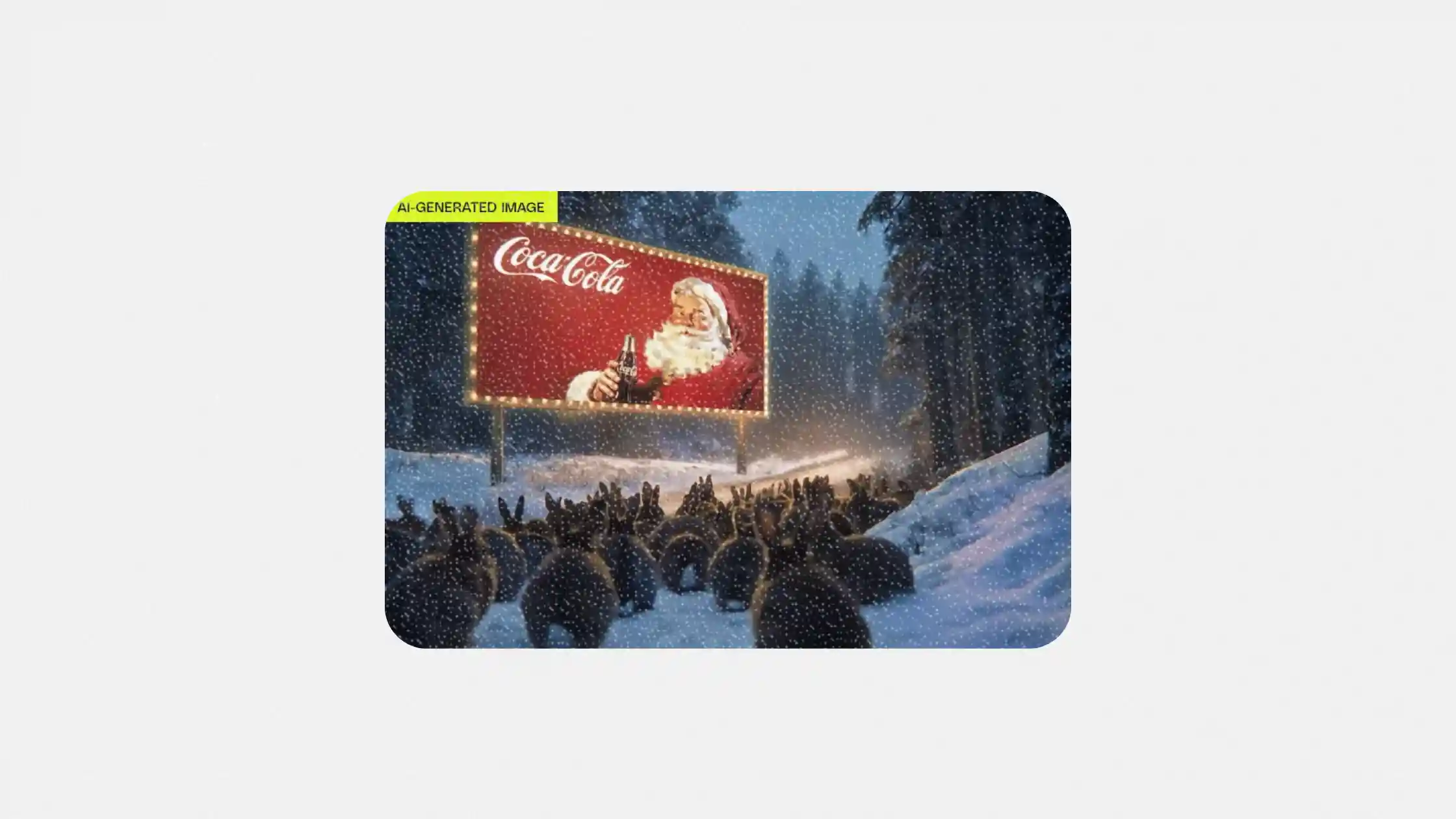
Coca-Cola has long been synonymous with iconic Christmas advertising, but its latest move into generative AI territory is leaving many fans cold. The beverage giant’s 2025 holiday campaign, built with the help of AI studios Silverside and Secret Level, has been met with criticism for ditching festive nostalgia in favor of poorly animated critters and jarring visuals.
This article explores the backlash to Coca-Cola’s new AI-generated “Holidays Are Coming” ad, breaks down the sentiment shift among audiences, and offers key lessons for marketers navigating the tension between cost-cutting and creative integrity.
Short on time?
Here is a table of content for quick access:
- What happened: Coca-Cola doubles down on AI
- Sentiment shift: nostalgia out, frustration in
- What marketers should know
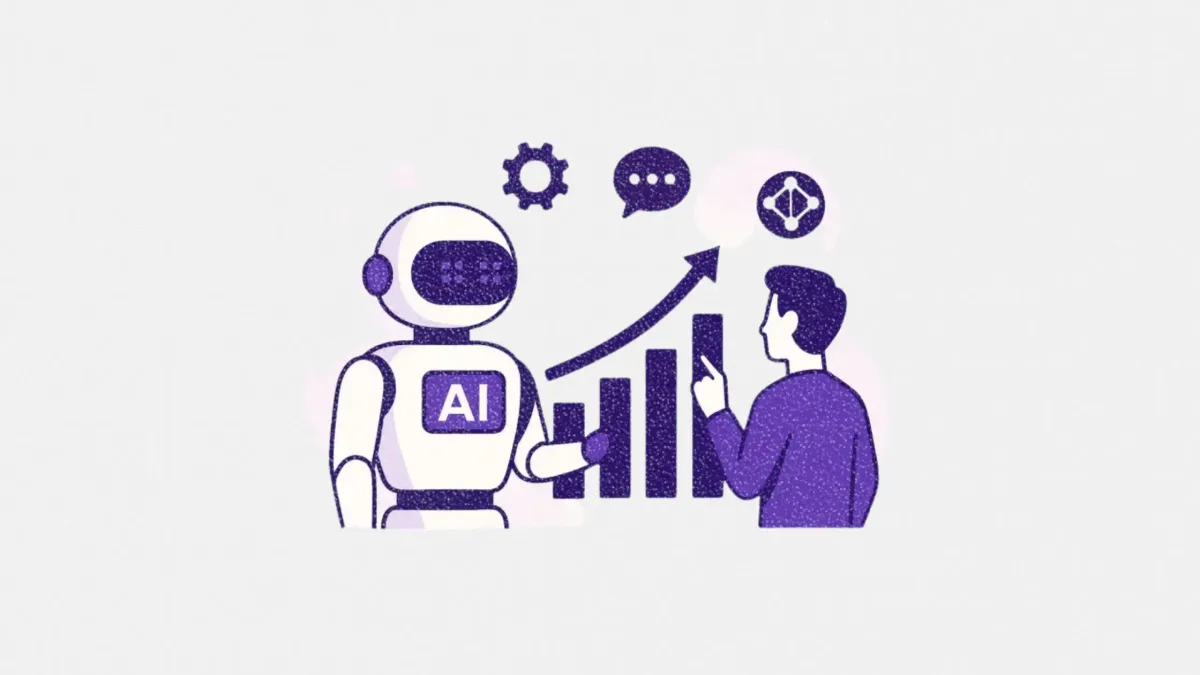
Coca-Cola doubles down on AI
Coca-Cola’s latest Christmas campaign takes a bold turn by fully embracing generative AI. The company teamed up with AI production firms Silverside and Secret Level to produce a new version of its classic Coke caravan ad. Only this time, the spotlight is on animated animals instead of people.
This marks the second year in a row that the brand’s AI-driven creativity has backfired. In 2024, Coca-Cola’s first AI-powered Christmas ad was heavily criticized for producing uncanny visuals and awkwardly animated faces. Despite that response, the company has doubled down on its AI experimentation in 2025, signaling a strong commitment to AI-led production even in the face of audience skepticism.
The new ad attempts to avoid uncanny human figures by focusing on a crew of critters like polar bears, pandas, and sloths. But viewers aren’t buying it. Netizens describe the animation as inconsistent and clumsy, with visuals switching between realism and cartoonish awkwardness. Even the iconic trucks are improved only slightly, with wheels finally turning correctly instead of gliding across the snow.
Despite involving around 100 people, including five AI specialists who generated and refined over 70,000 clips, Coca-Cola’s AI-driven approach has drawn more negative attention than festive cheer.
Sentiment shift: nostalgia out, frustration in
The numbers speak for themselves. Social media sentiment analysis by CARMA shows a dip in positive reactions post-launch, from 23.8% before the campaign to just 10.2% after. Meanwhile, negative sentiment has edged up from 31.4% to 32%.
Much of the criticism centers around the loss of the emotional “magic” that past Coke holiday campaigns brought. Users argue that the brand’s creative quality has declined in favor of AI-fueled cost efficiency.
One viral comment bluntly called the ad “a sloppy eyesore” while others lamented the prioritization of tech gimmicks over storytelling and brand tradition.

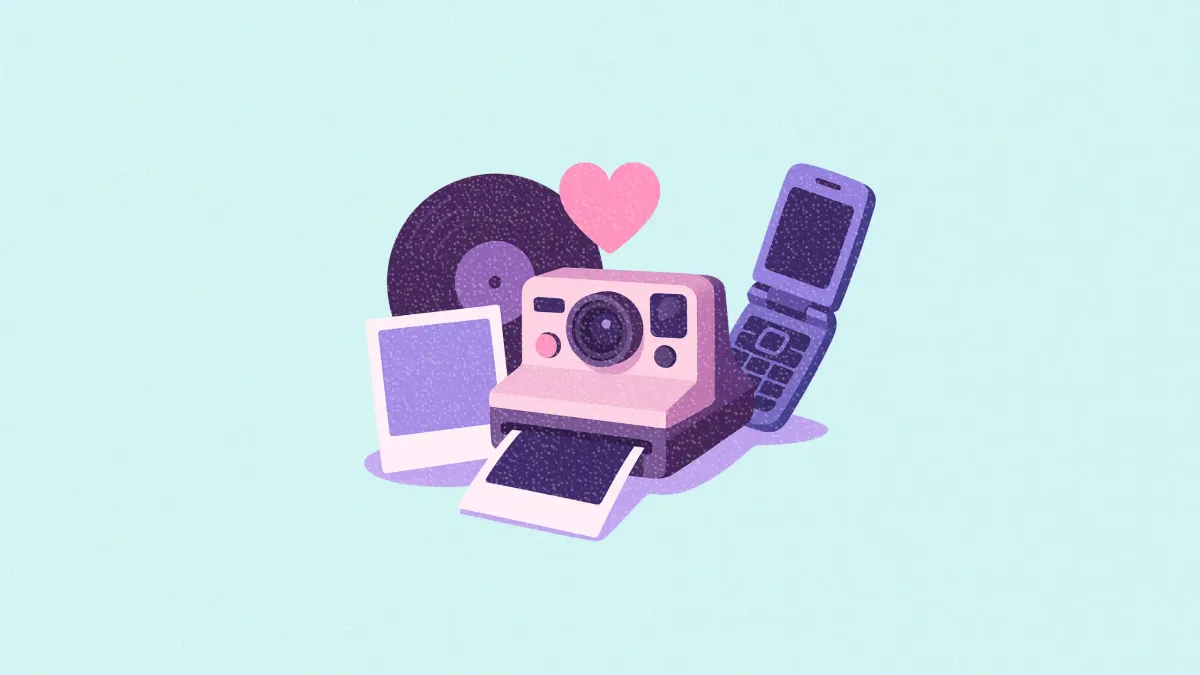
What marketers should know
Coca-Cola’s AI holiday ad isn’t just a creative misstep — it’s a cautionary tale. As more brands experiment with generative tools to speed up production and cut costs, this campaign highlights what can go wrong when execution falls short of expectations.
Here are four strategic lessons marketers should take away from the fallout:
1. Cost savings can’t replace brand magic
Coca-Cola’s CMO Manolo Arroyo confirmed that the AI production was faster and cheaper, shrinking the timeline from a year to just a month. But the creative shortcut came at a reputational cost. Holiday ads aren’t just about visuals. They carry emotional weight and cultural memory. Marketers should be cautious about trading craftsmanship for efficiency, especially when nostalgia is a core brand asset.
2. AI isn’t a get-out-of-criticism-free card
This isn’t Coca-Cola’s first brush with AI backlash. Earlier this year, the brand faced criticism for an AI-generated ad that referenced a fictional book by J.G. Ballard. With AI adoption growing, creative misfires are increasingly scrutinized. Transparency, testing, and creative oversight are critical when deploying AI in public-facing campaigns.
3. Expect higher creative standards, even from AI
The tech is advancing quickly. Just look at OpenAI’s Sora 2 or Google’s Veo 3. Audiences know what’s possible with AI and won’t tolerate subpar execution. Marketers using AI can’t assume novelty will carry the campaign. Quality control, visual cohesion, and narrative clarity still matter, regardless of the tools used.
4. Brand trust is on the line
Coca-Cola’s choice to stick with AI despite last year’s criticism signals a strategic pivot that may alienate long-time fans. Marketers should carefully weigh whether new tech aligns with audience expectations. In heritage-heavy industries like food and beverage, AI use needs to enhance, not replace, the brand story.
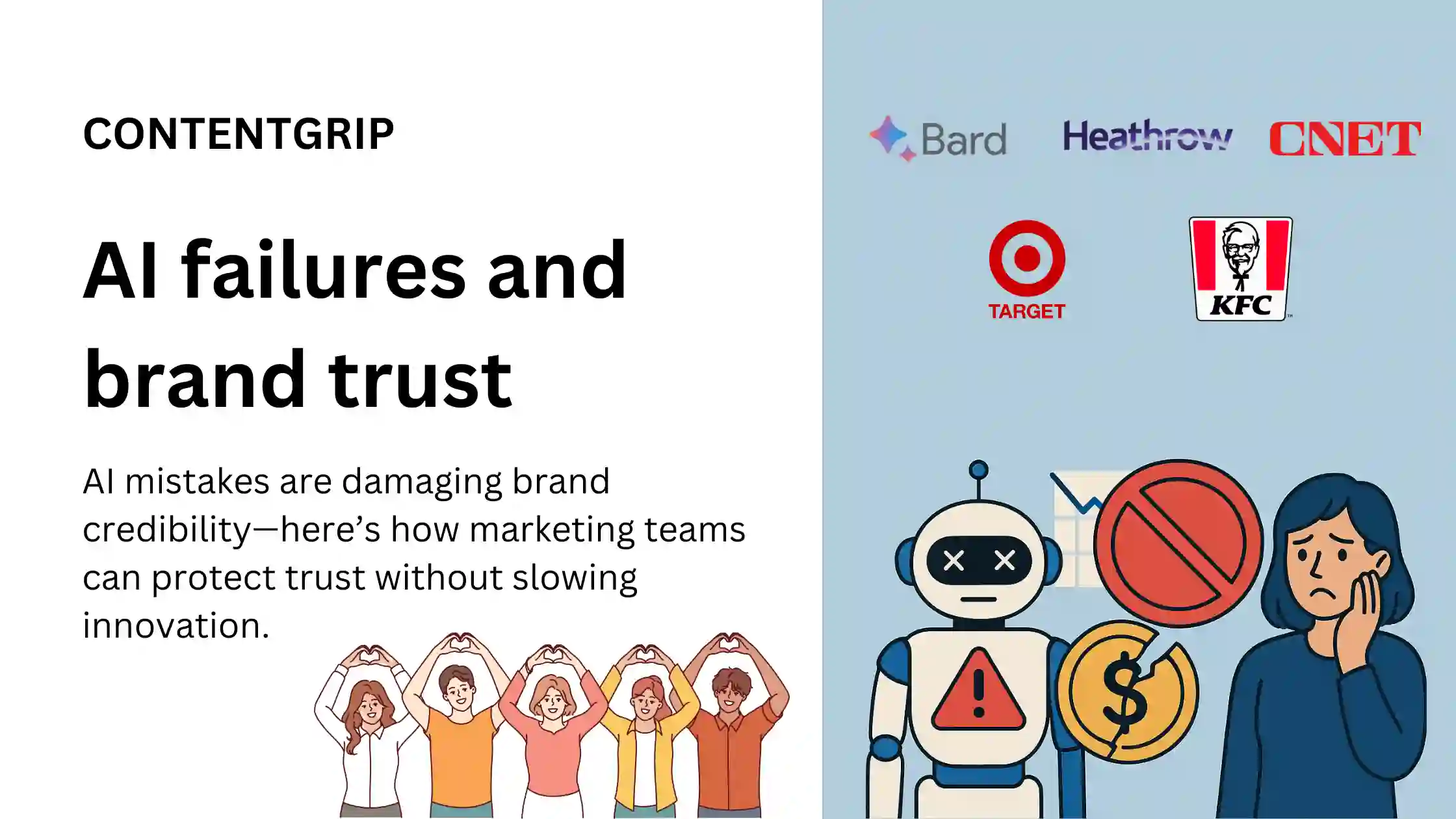
Coca-Cola’s holiday campaign is a case study in the trade-offs of AI adoption. Yes, the process may be faster and cheaper. But if the result leaves your audience colder than snow-covered highways, the damage to brand equity can outweigh the savings.
For marketers navigating the rising tide of AI tools, the message is clear. Use AI to assist, not replace, what people actually love about your brand.
